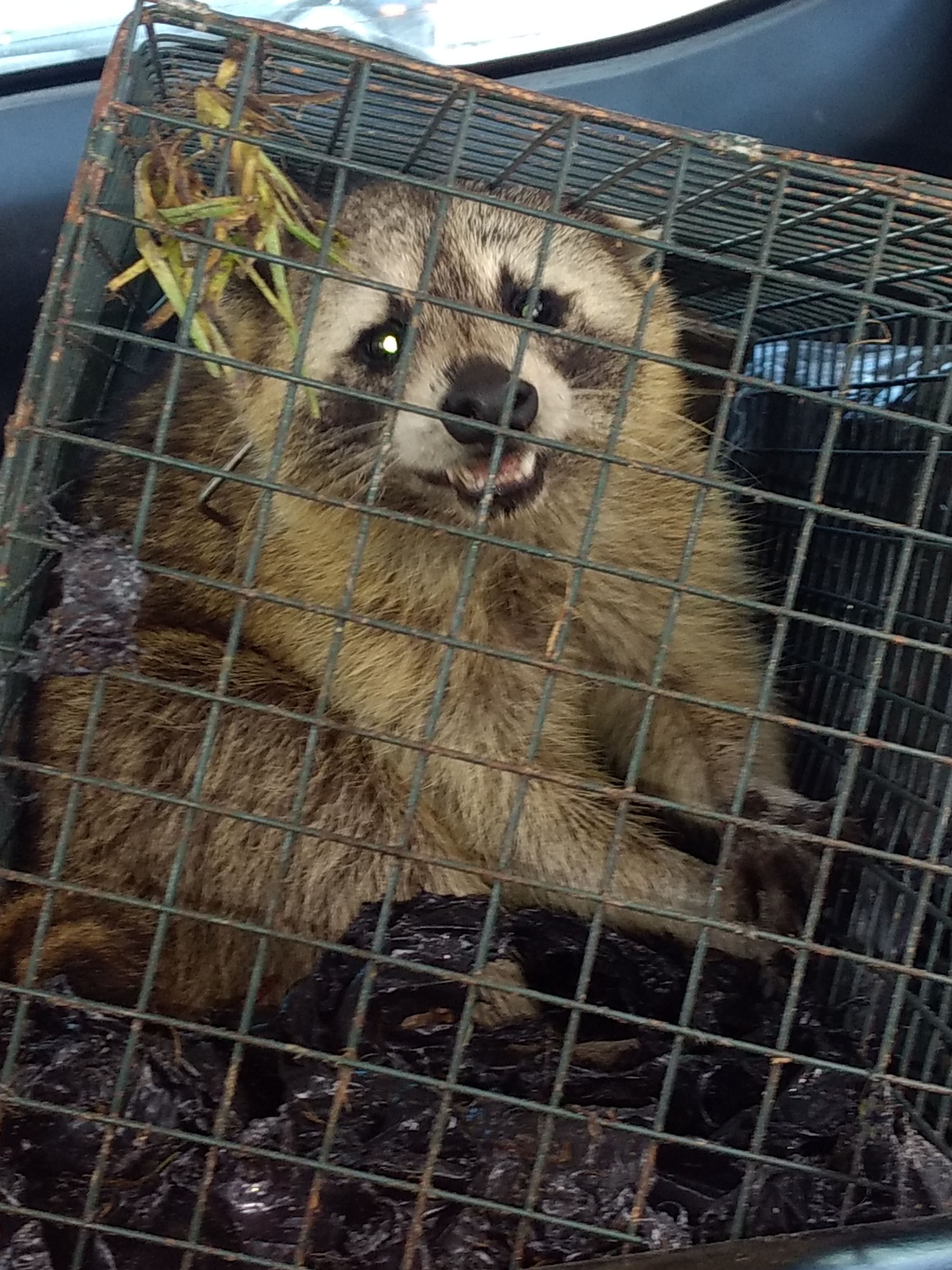
Armadillos are often classified as a pest species because of their habit of digging and burrowing. The most common complaints include the following: Large tunnel under the house. Little holes all around the yard. Landscaping/mulch is uprooted. Burrowing is cracking concrete. Burrowing is ruining pipes. Presence is annoying dogs/pets. For all these reasons, lots of folks desire to have this nuisance animal trapped and eliminated.
How Can You Eliminate Armadillos? There's really just one way to take care of Armadillos. You have got to trap the armadillos and move them off the property. There is no other good approach I know of. Maybe having a large, scary dog would help. But this is a nocturnal creature that appears in your yard or landscaping for only a brief time each night or so, and digs a whole lot of holes while searching for earthworms and grubs. There's absolutely no effective repellent that will keep them away, nor any system that will discourage them from going into the yard. A sturdy fence, one which goes into the ground that they can not dig under will do well. But if that is not feasible, you simply have to put out some traps, trap them, and move them at least five miles away.
You also have the choice of attempting to avoid getting armadillos in the first place. I talk some strategies on my the best way to keep armadillos away, but the truth is it can be extremely tough, and the only surefire thing that keeps them away is a sturdy fence around the perimeter of the property, one which extends underground, so that they can not dig underneath it. You also have a few other options for the best way to maintain armadillos from the lawn or garden, largely via discouraging landscaping like gravel or thick wood chips they can’t dig through.

There is a reason professional wildlife trapping businesses exist. To begin with, it is probably illegal for you to trap and relocate armadillos by yourself in the state you reside. As a non-indigenous species, it is often illegal to relocate armadillos. Most private citizens do not have the means to humanely euthanize trapped wildlife and correctly dispose of or cremate the carcass. Other regional laws regarding wildlife trapping may keep you from self-trapping also. Second of all, for the ones that lack experience, it is not too easy to trap armadillos. Among the most common questions that I hear from bothersome do-it-yourselfers all around the nation is,"what type of bait should I use to trap armadillos?" . The solution is that there's not any bait which will make an armadillo enter a trap. Armadillos dig worms and grubs from under the ground. The won't consume any food that is old sitting on the surface of the ground. As usual, I have heard a whole lot of old-wives suggestions on lure: older cabbage, rotten bananas, a stocking full of earthworms, etc.. The trick to trapping armadillos in cage traps lies in studying the subtle (and sometimes, not-so-subtle) clues that the creature leaves behind, and putting the traps only right - in the ideal areas, facing the proper way, with the ideal equilibrium, dirt padding under, etc etc.. ) Furthermore, a good wildlife trapper will utilize the animals behavior - its inclination to move along borders and bulge along barriers so as to properly finish off the set and steer the armadillo from the trap - the trap alone isn't enough.
>ARMADILLO BEHAVIOR: it's the armadillos natural propensity to dig. They have strong legs equipped with powerful claws, and like most burrowing animals, can dig quickly, frequently throwing mounds of dirt out behind them as they plow the ground. They dig for two key reasons: first they create burrows underground to live and raise young. They also often dig a few shallow (2-4 feet deep) holes within their range to escape should danger arise. An armadillo's diet is composed primarily of earthworms and beetle larvae (grubs) and occasionally other insects. They have an awesome sense of smell, and root around on the surface, snuffling food out. When they detect it a couple of inches under the surface, they immediately dig and root their nose at the pit, and lick the invertebrate with their tongue. Armadillos are nocturnal creatures, and do most of the foraging at night, even though they will sometimes emerge and become active during daylight hours, often in cooler weather or after a good rainstorm - if the worms come up. They often sleep through the day, deep within one of the burrows. They often have a favorite burrow to den.

ARMADILLO FACTS: Armadillos are unique creatures for a number of reasons. The first noticeable thing about this creature is the "shell" - a group of elastic bony plates which cover all but the belly of the animal. The armadillos in North America are known as Nine-Banded Armadillos, since they have a certain number of sections, or bands, of the bony shell across their back. The armadillo is able to move along quite quickly, in a hopping manner, if need be. Armadillos won't bite people, or anything else really. They've teensy tiny mouths with little pegs for teeth. These creatures are often studied in fertility studies because of another unusual trait: they constantly give birth to four identical twins: that's correct, the embryo divides into four prior to development. I don't believe female armadillos give birth each year, because I just do not see many litters of young running around. I really do see it from time to time, but it is nothing like the sudden burst of little squirrels that accompany mother squirrels. The youthful dillos are born in March, and appear to have a year to completely mature.